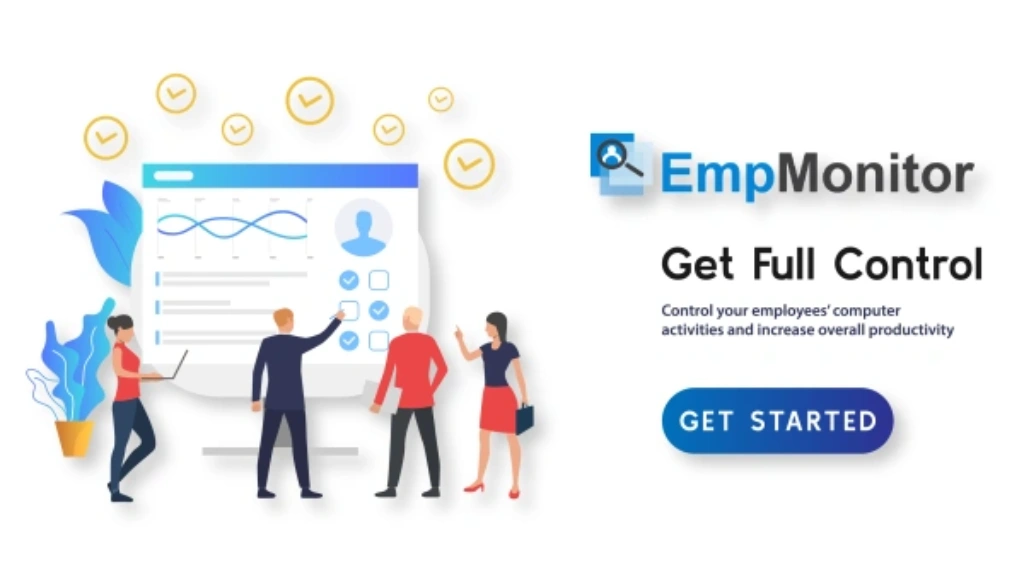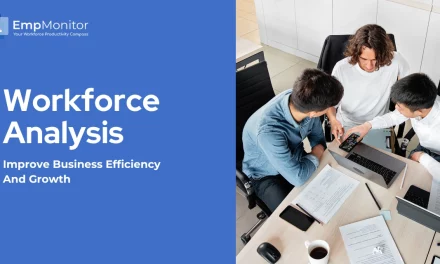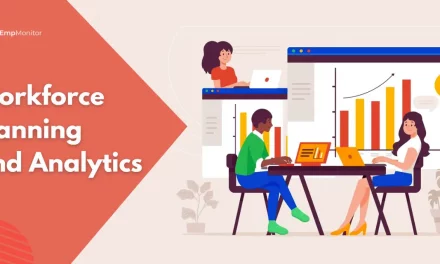You run a hotel or a busy dining room. Guests never arrive in a neat line, and shifts never match the rush.
Here’s one hard number to frame the problem: in July 2025, the quits rate in accommodation and food services sat at 4.9%, more than double the overall U.S. rate that month. High voluntary turnover keeps managers in a constant staffing puzzle.
What Workforce Analytics Actually Does
Forget buzzwords. You want a practical loop: predict demand, translate to labor hours, and convert to hires and shifts.
That loop rests on a few data sets you already own:
- Property-management and POS data: bookings, covers, ADR, check-ins, table turns.
- External signals: local events, school holidays, weather, flight arrivals, cruise schedules.
- Ops data: time-to-fill by role, training days to proficiency, no-show, and call-out rates.
- HR metrics: Quit rate by department, internal transfers, promotion velocity.
When you pull these streams together, you stop guessing. You start to set targets with dates, numbers, and confidence ranges. For hospitality professionals seeking deeper insights into strategic staffing and leadership, a Hospitality EMBA Program may provide additional value.
Build A Demand Signal First
Start with the demand you must serve.
- Rooms and covers: Use occupancy forecasts and reservation books to project arrivals and seatings by hour and day.
- Peaks and seasonality: Map school breaks, concert calendars, festivals, and convention schedules. That pattern repeats every year with minor shifts.
- Volatility bands: Track same-day walk-ins and late cancellations. Add a buffer that matches your historical variance.
Now you have a clean view of expected service volume. The next step turns volume into labor.
Convert Demand Into Labor Hours
Link each unit of demand to time:
- Front desk and housekeeping: Minutes per check-in, per checkout, and per occupied room; minutes per stayover; minutes per room type.
- Kitchen and floor: Prep minutes per cover by daypart; expo and service minutes per course.
- Bars and banquets: Minutes per guest by event type; setup and breakdown blocks.
Keep the math simple.
If Saturday dinner brings 180 covers and your model calls for 6.5 minutes of server time per cover, you schedule 19.5 staff hours for servers before breaks and side work.
Turn Labor Hours Into Shifts And Hires
Now you match the schedule to actual people.
- Time-to-fill: If line cooks take 28 days to hire and housekeepers take 21, you must post openings a month before the forecasted spike.
- Training days: If a new bartender needs 10 shifts to hit speed, your recruiting plan must land them two weeks early.
- Attrition assumptions: Use that 4–5% monthly quits rate as a sanity check for backfilling needs. If your property runs hotter than the sector, pad your plan.
This is where a single, not-pushy resource can help: tools and marketplaces that streamline recruiting for restaurant and hotel staff give you a faster path from forecast to seat-filled.
Build An Early-Warning Dashboard
You do not need a tower of screens. A tight weekly view beats a messy daily one.
- Six-Week Hiring Horizon: Vacancies by role, applicants in process, time-to-fill trend, and onboarding start dates.
- Four-Week Demand View: Occupancy forecast, group blocks, banquet orders, event calendar, weather risk.
- Labor Pressure Gauge: Overtime hours, call-out rate, rooms per room attendant, covers per server, ticket times.
Color code the red lines: rooms per attendant above target, ticket times over goal, or host stand wait above standard. If two red lines light up for two weeks in a row, you trigger a hiring sprint for that role.
Spot Hotspots Before Guests Do
Some roles break first. Watch these four:
- Room Attendants: A late checkout wave or group back-to-back increases room minutes fast. A forecast that flags early arrivals lets you split the board and call in floaters.
- Line Cooks: Banquet spillover into à la carte turns the pass into a choke point. Flag prep shortfalls 48 hours out.
- Bartenders: Concert nights and big games push cocktails per cover up. Add one barback or a second well before doors open.
- Front Desk: A cluster of international arrivals or flight delays can double average handle time. Stagger start times and add a mobile check-in station.
Tie Recruiting To Demand
Headcount targets hide the real goal: service at peak. Rebuild your recruiting plan around forecasted demand:
- Pacing Charts to Requisitions: When occupancy crosses a threshold for a week, auto-open a req for housekeeping or front desk.
- Banquet Bookings to Events Roster: Every 75 guests on a new event creates one server slot and a fixed setup block.
- Attrition Buffers: If your July quits trend mirrors the sector, open backfill reqs in June.
Measure What Improves Guest Experience
Labor analytics only matter if guests feel the lift. Track:
- Check-in time to key.
- Rooms “clean and ready” by 3 p.m.
- Ticket time by course.
- First-drink time at the bar.
- Review keywords: “waited,” “slow,” “friendly,” “clean,” “noise.”
With those metrics in view, your team sees why an extra host on Friday or a second houseman on checkout day pays off.
Bottom Line
Turnover stays high, and hotels and restaurants still chase talent.
Want the short version of why you need workforce analytics? Here it is: The properties that win treat workforce planning as a forecast, not a fire drill.
They read occupancy and events early, convert demand to hours with simple rules, and open reqs with enough runway to train.
That system cuts overtime, lifts service scores, and keeps the lobby calm when the line hits the door.











